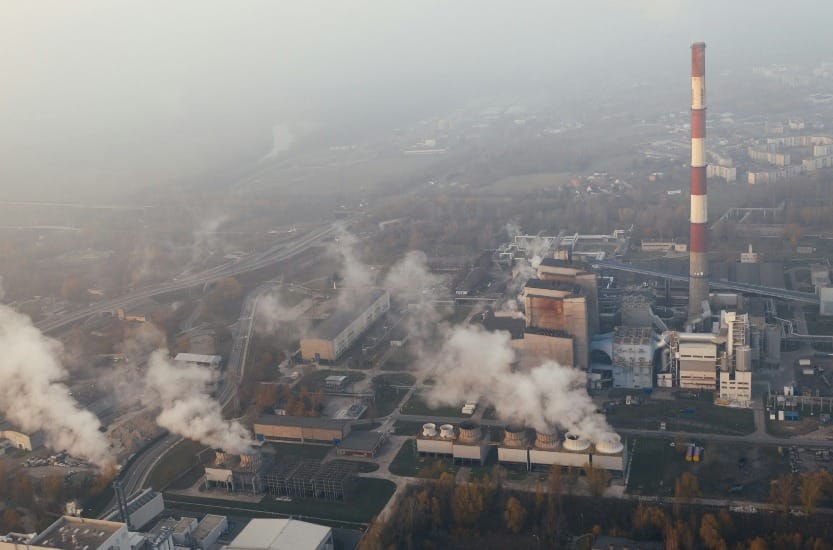
Do Fossil Fuel Subsidies Make Any Sense at All?
Estimates of the size of fossil fuel subsidies vary wildly—and don't all flow in the direction you might think. We explore why.
Estimates of the size of fossil fuel subsidies vary wildly—and don't all flow in the direction you might think. We explore why.
Outline
When you have a problem, a good policy is generally to avoid bankrolling anyone to keep making it worse. Yet, you may have heard, the people in charge of fossil fuel subsidies don’t seem to have read the memo. Let’s take a closer look.
As long as we keep burning fossil fuels for things like electricity, heat, and transportation, the planet will keep getting hotter—and it’s already appreciably hotter than it was even a few decades ago. This is what makes transitioning to clean energy so urgent—and what makes governments cutting checks to support the oil and gas biz so nonsensical.
So how much money are we talking about here? Two reports on this come from the International Energy Agency and the International Monetary Fund, but their global estimates looking back at 2022 diverge wildly. Why?
The IEA’s estimate is in the ballpark of $1 trillion for 2022, where the IMF’s number is more like $7 trillion. The reason for this vast discrepancy lies in “implicit” subsidies—among other things, the IMF includes the immense externalized cost of pollution on society, which we all bear. Much as we might like to claw some of that back, it’s not something we can simply issue a “stop payment” on.
(Here, it’s worth an aside to note that since fossil fuel pollution kills millions of people each year, a rethink of our energy sector would be in order even if global heating weren’t an issue.)
One other complication worth considering: A huge portion of fossil fuel subsidies occur not in the form of direct payments to companies, but to help regular people afford to meet their basic energy needs. As Nate Hagens observes, such policies account for more than 95 percent of the explicit subsidies we’re talking about.
Interestingly, that same logic of helping people out underpins critical parts of the U.S. Inflation Reduction Act. It gives hefty tax credits and rebates to lower-income people who couldn’t otherwise afford, say, an efficient new heat pump for their home or a shiny new induction stove in the kitchen.
There’s nothing wrong with helping people stay warm in winter, after all—it’s just best to do it in a way that isn’t also warming up the planet.
More like this
So You're Ready to Step Up on Climate Action. Now What?
Folks ready to learn and do more about climate change have an array of options to get started. What are their respective pros and cons, and how does Terra.do stack up?
Our Next Cohort's Nickname Is the Manatees. Here's Why That's Special.
We've named each graduating class after animals at risk in our warming world, and we've just finished our first full lap through the alphabet.
Couldn’t We All Use More Storage?
Where are we going to put all that clean power from variable renewables like solar and wind? The world of batteries is already ramping up.

 Background
Background


